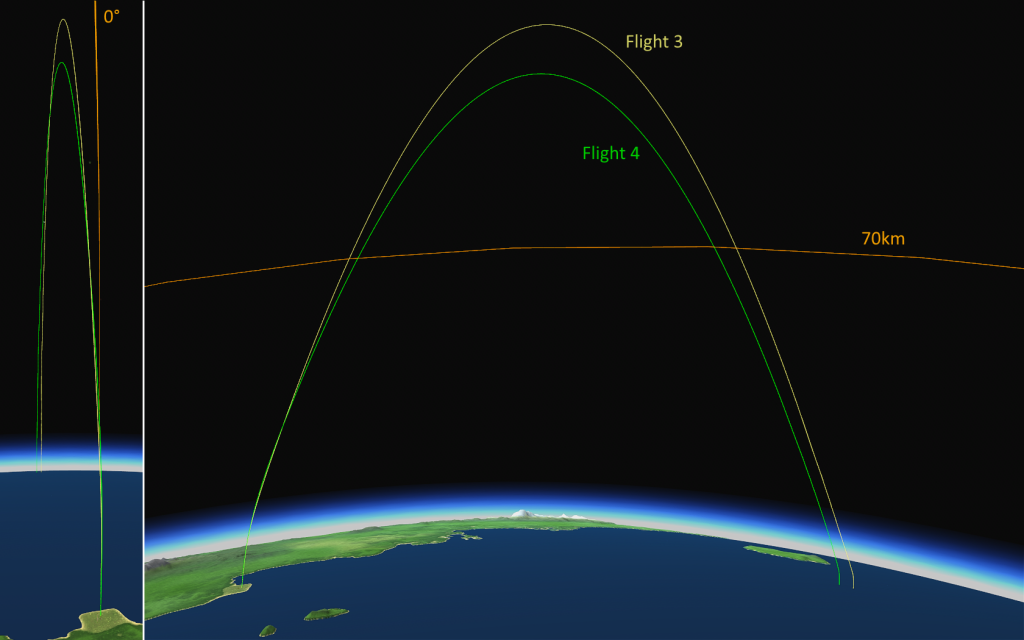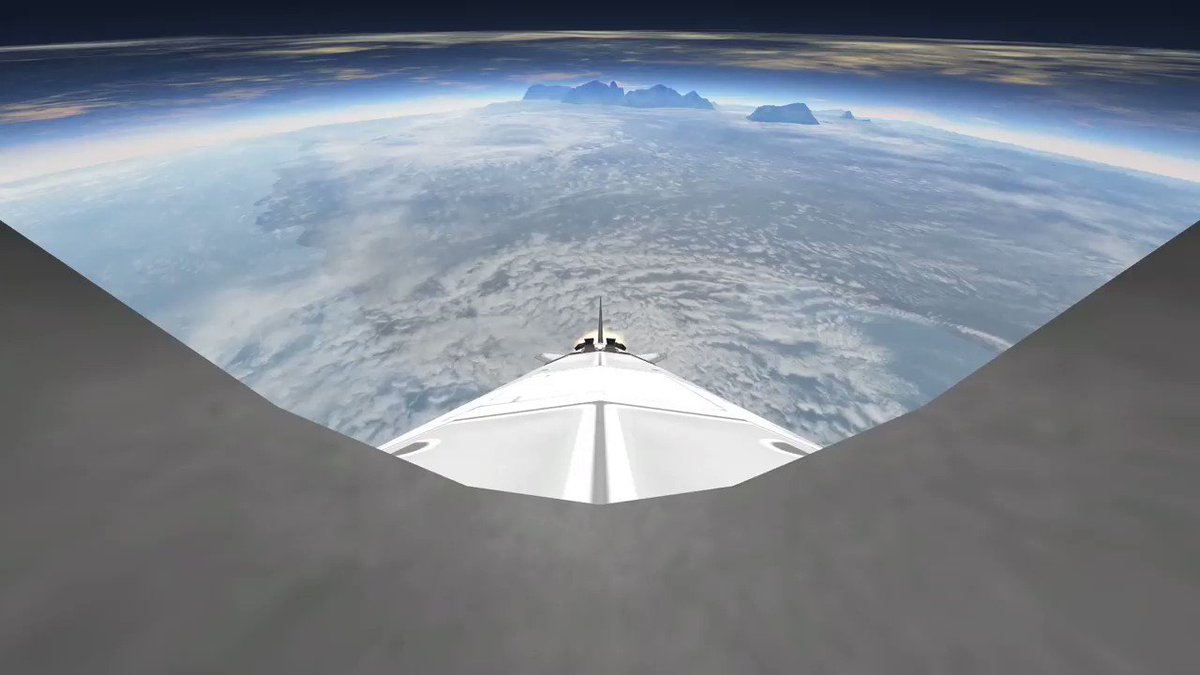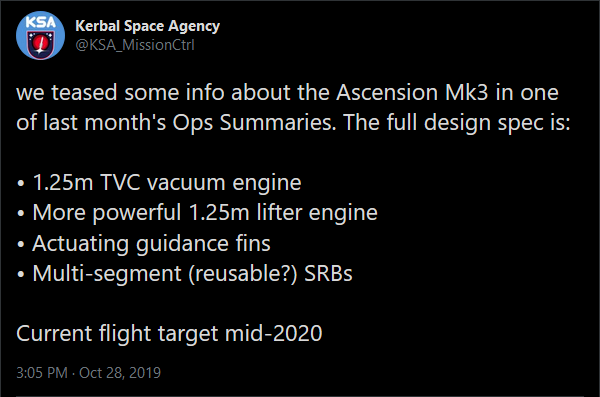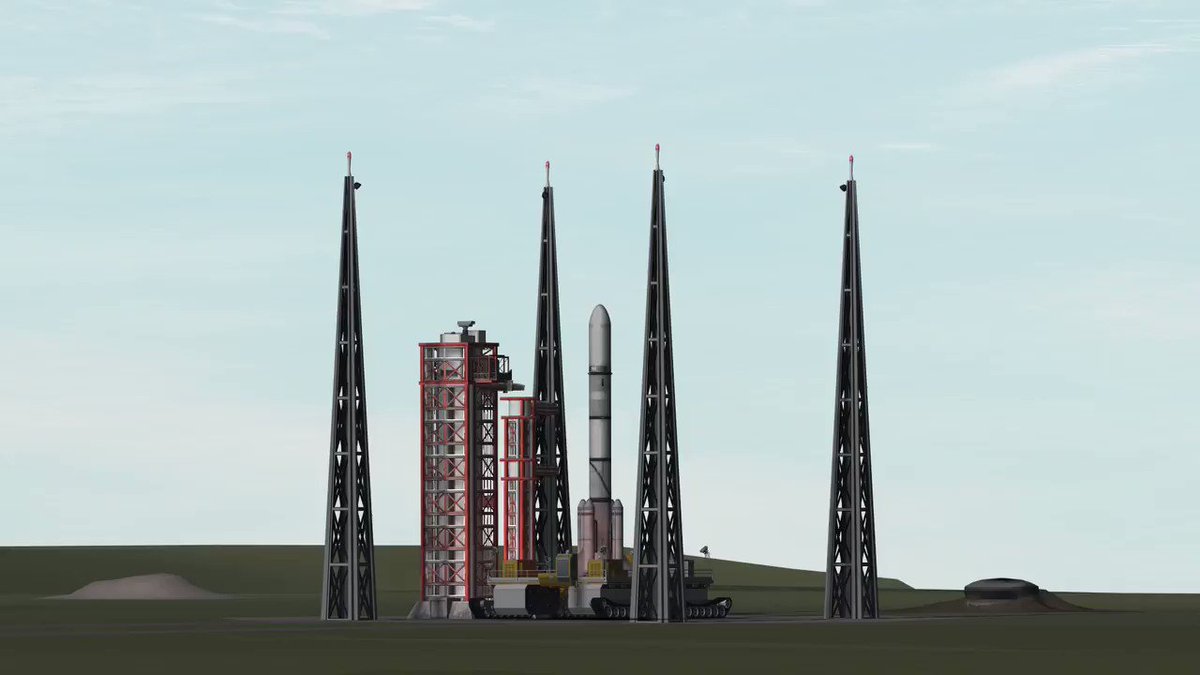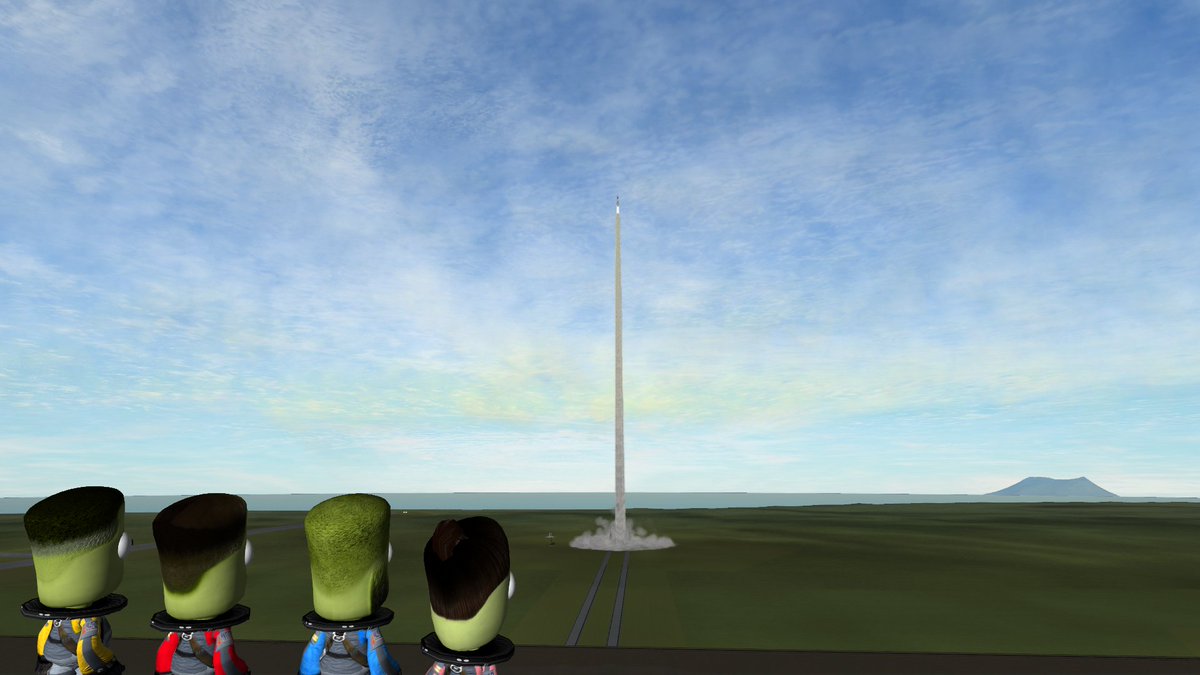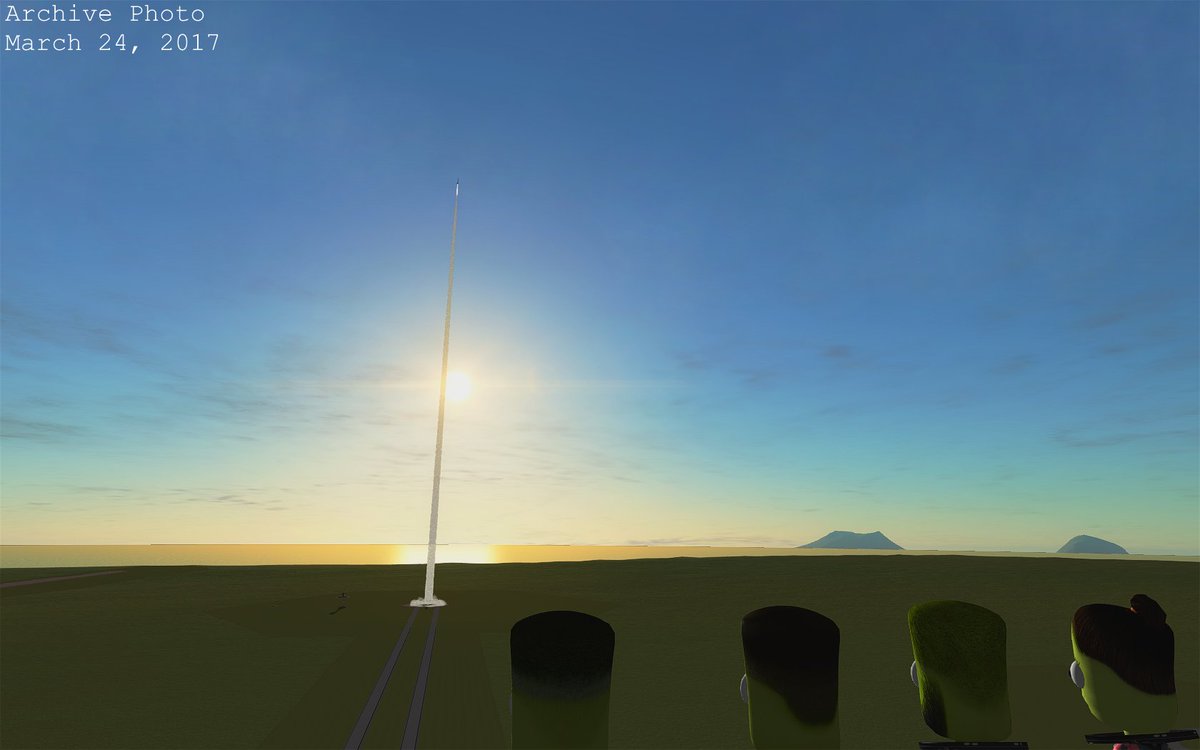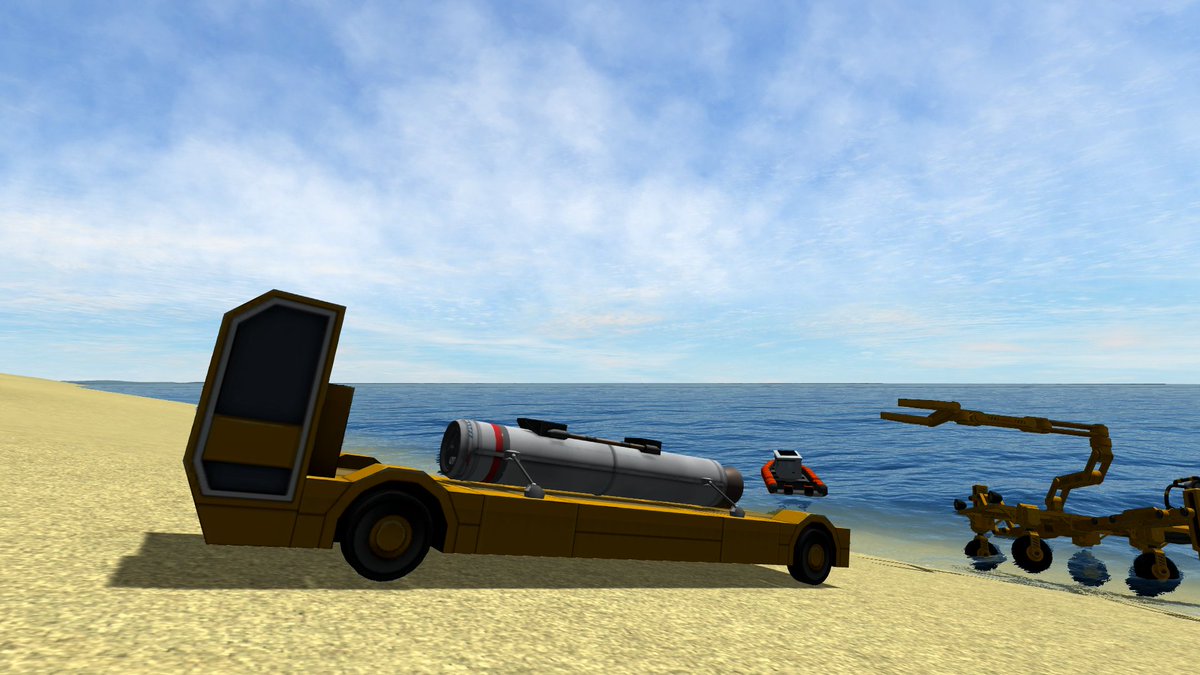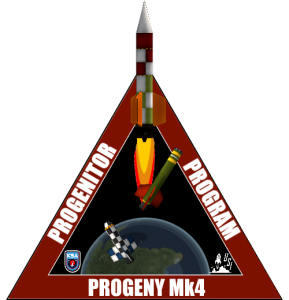 Today marks the official retirement of the Mk4, the sixth design iteration of the Progenitor program. It launched five times, the most of any Progeny rocket to date, and although it suffered three failures it ultimately achieved the goal of being the first rocket to break out of the atmosphere and enter space for a brief period of time. The Mk4 represents the culmination of the iterative Progeny rocket design, building on previous single and multi-stage designs developed earlier in the program, and very little will be changed moving on to the Mk5, which will focus mainly on kOS scripting for automated flights. Program engineers have reviewed all the data from the five flights and have released numerous conclusions that will lay the foundation for flights of the Progeny Mk5.
Today marks the official retirement of the Mk4, the sixth design iteration of the Progenitor program. It launched five times, the most of any Progeny rocket to date, and although it suffered three failures it ultimately achieved the goal of being the first rocket to break out of the atmosphere and enter space for a brief period of time. The Mk4 represents the culmination of the iterative Progeny rocket design, building on previous single and multi-stage designs developed earlier in the program, and very little will be changed moving on to the Mk5, which will focus mainly on kOS scripting for automated flights. Program engineers have reviewed all the data from the five flights and have released numerous conclusions that will lay the foundation for flights of the Progeny Mk5.
Terminal Countdown
Although the Mk4 held no capability for automated flight, we were able to implement some automation on the ground side of things with the Automated Firing Control System (AFCS). This very basic system was designed to be manually triggered and then monitor the countdown timer to send the launch signal at precisely L-0:00:00.0, so down to the millisecond. Precise launch times will become important when looking to reach a specific orbital injection or even reach a certain area of space at apokee for a sub-orbital launch. The AFCS is the beginning of what will become a more complex “terminal count” system which will begin to automate more and more launch functions in the final moments of the countdown as rockets continue to become more complex. During the 3 launches in which the AFCS was used not a single issue came up related to its operation during the final countdown. With the Mk5 the AFCS and other automated systems will be able to communicate with the rocket as well.
Ascent
The first two launches are regarded as failures in the sense that they did not end up reaching space but they did an excellent job in testing the limits of the rocket during ascent through the upper atmosphere. We now know the Progeny is capable of withstanding dynamic pressures of up to ~120kPa before the fuel tanks lose structural integrity and that heat build up due to the lack of air in the upper atmosphere to radiate it away from the rocket can still be a serious issue that can lead to failure of the nose cone. Backing off from these extreme situations, we have aimed in the last three launches to lower the speed and loads during ascent, mainly by reducing the thrust of all the solid engines. Ultimately we went too far, but again the point was to discover the lower limit at which the rocket could ascend without tipping over, which it did at 2Gs. Here are the ascent profiles for flights 3 and 4, which made it to space:
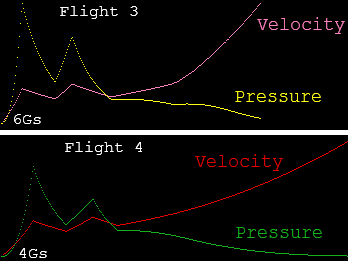
0.25s per pixel
These plots are a bit misleading since the vertical axis is not to the same scale for both. It appears the pressure is lower in flight 4 however it is in fact slightly higher with a MaxQ of 81.866kPa during the first stage boost versus 73.670kPa in flight 3. This is mainly due to the longer burn time of the lower stage, but note how the variance between velocity and pressure are smaller for flight 4 versus flight 3. Despite the higher initial load the rocket is still getting through the atmosphere faster and by the time the second stage kicks in it’s high enough that the dynamic pressure is lower for this phase of flight 4 versus flight 3. When the 3rd stage kicks in, pressure continues to drop for both flights, but again moreso for flight 4. For this reason we will be sticking to a 4G launch with the MK5 rockets.
Flight 4 also let us see what would happen if we left the 3rd stage at a constant thrust throughout its burn rather than throttling up to max. Even though flight 4 ignited its 3rd stage at a higher altitude than flight 3, it failed to reach as high an apokee, as seen here:
Unfortunately we were unable to test a third scenario for flight 5 of maintaining a constant acceleration, or actually throttling back the 3rd stage as it climbed higher and this required less power to maintain say, 3Gs of thrust. This is something we will explore with the Mk5, especially as it goes well with automated control to properly maintain the throttle setting.
Re-entry
This aspect of the flight is one of the most pleasing, as it requires no extra parts or maneuvers to carry out properly. Once the fins on the rocket are shredded at 60km going up, coming down when it hits the atmosphere slightly engine-first the air stream will gradually tilt it fully upright so the engine is taking the brunt of heating during re-entry. We have found the nose cone to be a bit more cooked than anticipated as the engine does not deflect the heat it fails to absorb, but its integrity was nowhere near close to being compromised. Flight 4 saw the rocket come down slightly sideways due to a rather large precession but even this didn’t have much of an adverse affect. We don’t expect any changes to be made for the Mk5 re-entry procedures.
Recovery
Again, we only have two flights that made it this far to pull data from, but after flight 3 saw damage to the parachute opening at 6km we lowered it to 4km and did not see any problems during flight 4. Having a ship stationed nearby was done to ensure the payload could be reached quickly in the event it was severely damaged and taking on water, but in both instances the rocket could have remained floating on the surface for hours at least. Still, we would much prefer to fish it out as quickly as possible and continue to plan to use two maritime vessels so one can be assigned exclusively to recovery operations while the second ensures the eastern range stays clear of aircraft and other boats.







